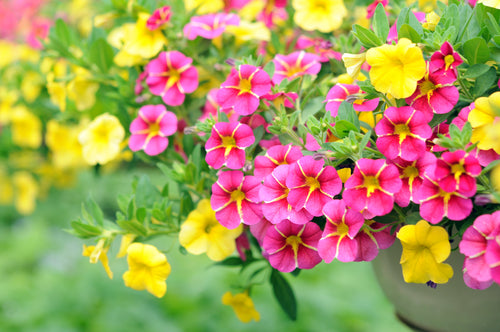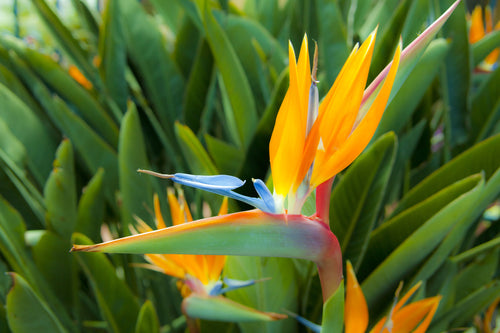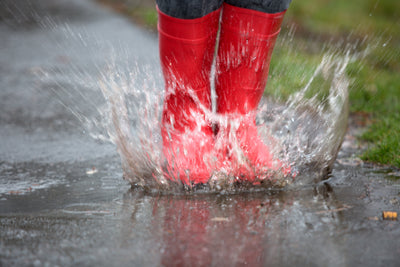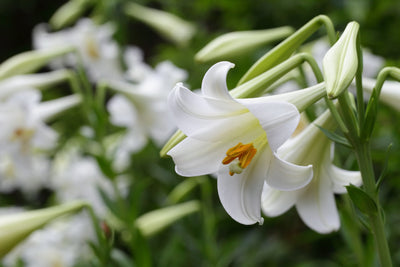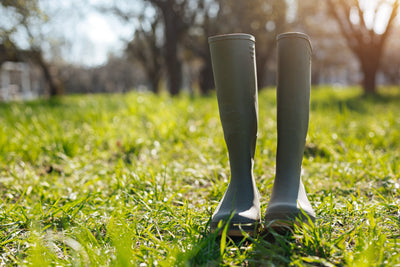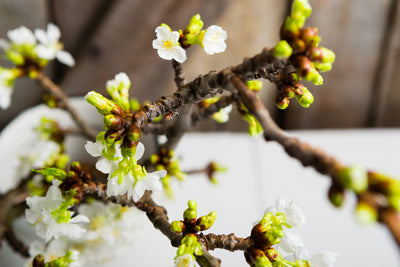The month of August is almost here. Keep up with feeding and proper watering. Do routine inspections for insects. Aphids and white flies are now a problem. Early detection is the key to control. Pesche’s Garden Center offers both organic and natural controls. It won’t be long before you’re enjoying a slice of delicious, juicy homegrown tomatoes.
Early Blight
Several of our customers have brought in samples of their lower leaves of their tomatoes. The yellow leaves with brown patches are caused by a fungal disease called Early Blight. Alternaria Solanica is perhaps the most common foliar disease of tomatoes. Early Blight causes infection of fruit and loss of plant vigor. Fruit from defoliated plants are also subject to sunscald.
Alternaria sporulates best at about 80 degrees when abundant moisture is present. Infections are most prevalent on poorly nourished or otherwise stressed plants. Symptoms occur on leaves where circular lesions to ½” in diameter are produced; within these lesions dark concentric circles can be seen. Leaf Blight begins on lower older leaves and works upward; leaves wither, die and fall off. The fungus spends the winter in infected plant debris or in the soil where it can survive at least one and perhaps several years. Once the first infections have occurred, the spore production spreads the problem rapidly.
Controls
- Remove all garden crop residue; a thorough cleanup is essential
- Rotate crops when possible
- Space plants apart for good air circulation; no closer than 3 feet
- Water the soil around the plants in the morning only; No overhead watering. Don’t put your plants to sleep with wet feet!
- Control insects. Aphids and White flies can spread diseases
- Remove weeds that may attract insects
- Don’t work in a wet garden
- Maintain a fertilization schedule. Healthy plants combat disease
- Plant resistant or tolerant tomato varieties
- Remove lower branches as plants grow to avoid soil splash back. The distance from ground to bottom branches should be a minimum of 2½ feet.
- Mulch the soil around the tomatoes with black or red plastic, landscape fabric, straw (not hay which contains weed seeds), dry grass clippings (if you don’t use weed killers) or compost.
Treatment
Tomatoes that have early blight require immediate attention before the disease takes over the plants. Thoroughly spray the plant (bottoms of leaves also) with Bonide Liquid Copper Fungicide concentrate or Bonide Tomato & Vegetable. Both of these treatments are organic. If possible time applications so that 12 hours of dry weather follows applications. A day after treatment, remove the lower branches with sharp razor blade knife. Clean your knife with rubbing alcohol before trimming the next plant to prevent the spread of the disease. Repeat fungicide treatments every 7 to 14 days. Read the label instructions carefully. Do not spray pesticides, fungicides, fertilizers or herbicides when it’s in the high 80’s or 90; you can damage your plants. Water your plants the day before spraying, hydration is important!
This may be the year where you grow that 4 lb. plus tomato!





